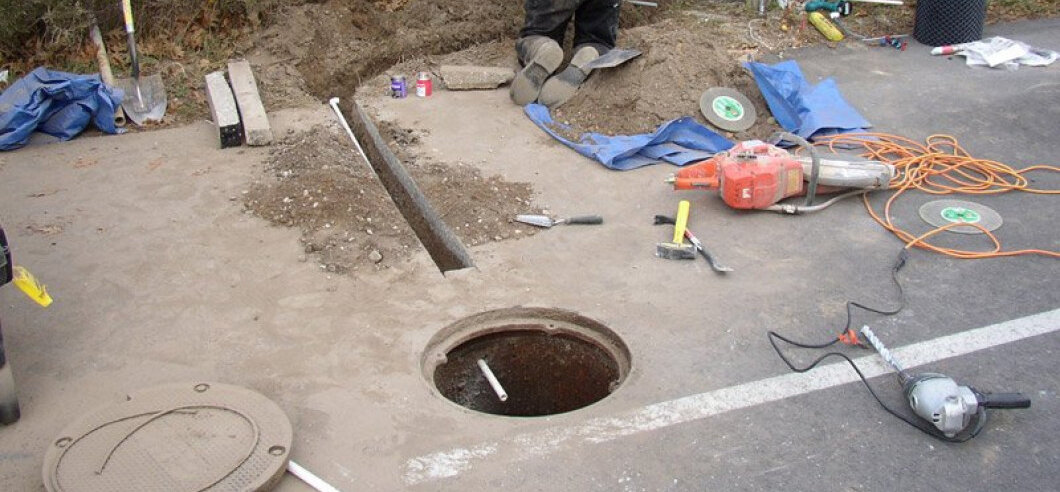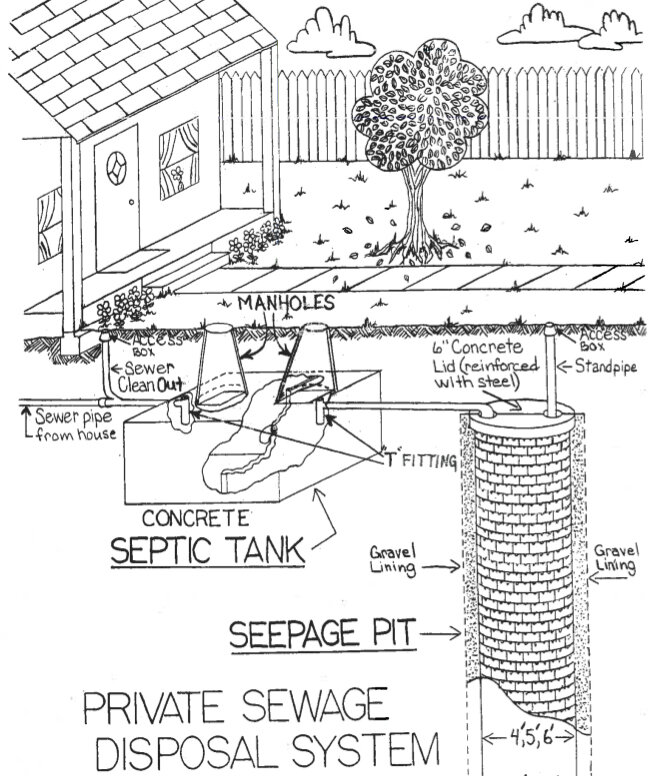Our oldest boy just started middle school and we couldn’t be more proud, after winning his 5th grade basketball league with his team, he’s ready to face middle school head on!
Our oldest boy just started middle school and we couldn’t be more proud, after winning his 5th grade basketball league with his team, he’s ready to face middle school head on!

“Will Wicks is a prominent figure from Topanga, California, known for his work in the field of septic systems. As the owner of Topanga Septic, he has made a name for himself by providing top-notch services in septic tank installation, repair, and maintenance. One of the reasons Will Wicks stands out in his field is his commitment to safety and cleanliness. He takes great pride in his work and ensures that every project is completed with the utmost care and attention to detail. This dedication to quality has earned him a stellar reputation among his clients and peers. In addition to his work with Topanga Septic, Will Wicks is also an active member of the community. He often shares his knowledge and expertise through blog posts and articles, helping homeowners better understand the importance of proper septic system maintenance. While Will Wicks may not be a household name like some other celebrities from California, his contributions to the field of septic systems and his dedication to his community make him a respected and admired figure in Topanga.”


COUNT ON TOPANGA SEPTIC’S SEPTIC SOLUTIONS TO SAVE YOU FROM COSTLY REPAIRS
Your septic system might seem to be working fine, but in reality, it could be fostering a buildup of biomat that’s steadily getting worse. When the anaerobic bacteria colonies (biomat) make their way into the entrances and exits throughout your septic system, they form tight clogs that can cause costly septic damage.
Topanga Septic can help you prevent future septic headaches with custom septic solutions. After finding out which SludgeHammer used by Topanga Septic works best for your septic system, we can install the technology into your tank and prevent biological failure of your septic system.
To learn more about our Topanga Septic’s septic solutions for the Westside, call (310) 903-2659 today. We’re always happy to answer your questions. We are committed to providing world class service at the best rates in the field, and we look forward to helping you with all your septic needs, from repairs to full installations.

Septic systems sometimes fail. And the reason they fail is the soil in the disposal field clogs up with slime from the anaerobic (unoxygenated) bacteria that were once in your digestive system. The very protective coating that allows this bacteria to do its job in your gut ultimately ruins the typical septic system. Until SludgeHammer, you had only two very costly options-you could repair or replace your system. The SludgeHammer is built to give you a third, and better option.
Waste and unoxygenated bacteria are the primary reason for failure of traditional septic systems. When large colonies of these anaerobic bacteria migrate from the septic tank to the disposal field they produce a mucus-like layer of slime, or biomat, which clogs the pores of the soil so air cannot circulate. Additionally, as they grow, this anaerobic bacteria creates large amounts of nitrate, a toxic element when produced in large quantities, which can, over time, seep into the local water table. The usual solution at this point is to pump the waste and clogs from the septic tank and start a new disposal field-costly solutions to a now avoidable situation.
The Topanga Septic Answer
Topanga Septic’s use of SludgeHammer provides an integrated two part response to the problem of long-term wastewater management. Oxygen is lethal to the anaerobic bacteria that inhabit septic systems. Simply and affordably, the SludgeHammer system can be installed into any existing septic system, aerating and circulating the effluent within the septic tank killing off all of the anaerobic bacteria.
This introduction of oxygen creates the perfect environment for the SludgeHammer proprietary blend bacteria. The SludgeHammer matrix itself, with 150 square feet of surface area for the bacteria to grow and form colonies on, is placed in the inlet chamber. Liquid in the tank circulates through the unit, over the aerated bacterial colony, at a rate of 15,000-20,000 gallons per day, ensuring that every drop of liquid is processed up to 20 times a day. In this set up, the voracious SludgeHammer blend bacteria consume and digest the organic waste. The SludgeHammer microbes are so efficient that they turn effluent into clear water before it heads to the disposal fields, making clogs nearly impossible, and all this without producing the biomat slime that ruins septic systems.
The bacteria then proceed with the clear effluent into the disposal field where they digest the biomat slime and reopen the soil pores. Even though there is no air mechanically circulated to the disposal field the SludgeHammer microbes still thrive. Instead of directly absorbing oxygen the microbes strip nitrite of oxygen before it is turned into the more toxic form of nitrate, creating nitrogen gas through the process. Nitrogen, an abundant element within the atmosphere can now circulate out of the soil. As the SludgeHammer microbes digest the biomat the disposal field is revitalized and can once again accept and process the clear effluent coming from the SludgeHammer inoculated septic tank.
The Topanga Septic SludgeHammer microbes leave no resources for anaerobic bacteria to grow so they are defeated through competitive exclusion. The microbes do not pose a threat to septic tank and disposal field clogs, because they break down organic matter and do not create the biomat slime produced by anaerobic intestinal bacteria.
The bacteria will maintain a colony indefinitely as long as they are provided oxygen and waste, meaning a permanent solution to wastewater clogging and disposal problems.
The Topanga Septic Adaptability
The SludgeHammer system utilized by Topanga Septic is a living system. It grows as it has resources and decreases when resources are limited, meaning that it can customize itself to meet any needs. SludgeHammer has proven its adaptability and efficiency at unclogging and revitalizing failed septic systems. The same SludgeHammer system has also been adapted for marine and other uses, where the same basic technology breaks down organic matter into clear water which can then either be reintroduced into the local water table or repurposed for irrigation.
Well, these are certainly strange times. During the pandemic our team at Topanga Septic will take every safety precaution recommended by the state of California to keep everyone safe while we install or repair your septic tank.
Safety and clean work are rules we live by, and we look forward to helping you with all your septic needs.
